The content of the article
- 1 What is it for?
- 2 Positive points
- 3 Negative points
- 4 The difference between sterilization and castration
- 5 Types of gentle operations
- 6 Basic Surgical Techniques
- 7 Seam care
- 8 What determines the type of seam?
- 9 At what age is it best to sterilize?
- 10 How to prepare a cat for sterilization?
- 11 Postoperative care
- 12 Video: cat sterilization and castration - pros and cons
These soft, fluffy and tender purring lumps are a ray of happiness in every home. However, when the kitten turns into an adult, he begins to show interest in the opposite sex. Cats cease to be obedient, become uncontrollable, refuse to eat, and all the time requires the continuation of the species with a loud and meticulous meow.
If free walking is possible, after 2 months kittens are born, the owners of which need to search for the owner on their own. The most humane way in this situation, which allows the pet to find a carefree state and maintain a relationship between the owner and the cat, is sterilization.
What is it for?
Sterilization or castration is the most reliable way to neutralize the need for mating in the animal, which leads to the birth of, often, useless kittens. After going through the procedure, the pet becomes calmer and no longer requires the attention of the opposite sex. As a result of this procedure, the risks of cancer of the reproductive organs and mammary glands in cats are reduced, and the possibility of any diseases of the reproductive system disappears. The same goes for cats. As a result, the cat maintains its health and the possibility of an unwanted pregnancy disappears.
Positive points
- After going through the sterilization procedure, the animal loses the chance to acquire unwanted offspring. The most preferred operation is for outbred animals, whose kittens are very difficult to attach. Basically, the owners do not even bother to waste time looking for kittens owners. Some of them drown them immediately after birth, others simply throw them out when they grow up a little, hoping for the kind heart of a random passerby. Cats that have reached puberty are able to acquire lamb several times a year.
- Not all owners of purebred cats are engaged in their breeding. Most of them choose a pet according to external parade signs for the soul. At the same time, they have absolutely no desire to engage in raising kittens and looking for new owners for them. And in such a situation, sterilization is the best solution.
- In an apartment where animals do not have free walking and sexual activity, they become restless and suffer greatly. During techek, they eat little, lose some wool, mark the territory and meow obsessively, demanding love of the opposite sex. Such behavior causes discomfort not only to cats, but also to the owners. A sterilized cat becomes calmer, does not pester the owners with its annoying meow and does not ask for outside.
- Animals that live in the apartment, with free range, have the opportunity to communicate with stray animals, from whom they risk becoming infected with very complex diseases, which often leads to death. This primarily concerns viral immunodeficiency and viral leukemia in cats. In addition, there are high risks of infection with infectious peritonitis. These diseases are not preventable, their diagnosis is difficult, and treatment is impossible. Therapy and diagnosis require large material costs. By sterilizing the pet, the owner prevents the risk of these diseases.
Negative points
- During surgery, general anesthesia is mandatory. The procedure is associated with a violation of the skin. The muscles of the anterior abdominal wall are cut. Therefore, the intervention is carried out only under general anesthesia. Animals that are at a young age have good tolerance to anesthesia and minimal consequences. Cats, whose body is weakened, are at risk when anesthesia can cause sad consequences. Some cat breeds are especially sensitive to it: Maine Coon, Sphinx, Briton, Scottish fold, as well as those that have a tendency to hypertrophic cardiomyopathy. In combination with this disease, thromboembolism may occur, resulting in a fatal outcome. Risks can be reduced thanks to an additional examination before surgery.
- Often after sterilization, the animal’s activity is limited for some time and the appetite increases, which can lead to the appearance of excess weight, the presence of which is fraught with heart problems. Therefore, after carrying out the sterilization operation in cats, you should adhere to a certain diet and give them specialized foods that are intended for sterilized animals.
The difference between sterilization and castration
- Sterilization. For females, the procedure "sterilization of cats" means an operation ovariectomy - surgical removal of the ovaries. As a result of this surgical intervention, the production of sex hormones and, at the same time, leaks stops. The risks of the appearance of cysts and tumor processes are reduced. This method is used in cases with young and nulliparous and cats with a healthy uterus.
- Important! In cats that underwent ovariectomy, there are high risks of inflammatory processes in the uterine cavity - endometritis and pyometra. These diseases occur in older females, when the operation is dangerous for health reasons, because they require the use of anesthesia. Therefore, most veterinarians prefer castration surgery.
- Castration. This word refers to the removal of all reproductive organs. It is carried out to cats of any age. It can be planned or urgent. Emergency operations are carried out in connection with the pathology of the uterus, dysfunctional labor (hysterectomy with the presence of embryos and others). This operation helps protect against the risks of any diseases associated with the reproductive system in cats.
Types of gentle operations
Tubal occlusion
A gentle sterilization method in which the fallopian tubes are attached. In this case, the doctor retains all the reproductive organs of the animal, estrus in the cat will happen, but there is no possibility of pregnancy. In fact, such an operation to representatives of the feline family is quite rare, this is possible only at the urgent request of the owners.
For the reason that tubal occlusion is not an effective method, as for the prevention of leaks with characteristic ensuing consequences in the form of an obsessive meow.
Chemical castration method
Pet owners who do not plan to knit a cat for a period of time, but may want to do this in the future, may resort to temporary chemical sterilization. Similar methods are possible due to the implantation of capsules under the skin.
But most often, when talking about cat sterilization, as a rule, this refers to the operation of an ovariogysterectomy or ovariectomy.
Basic Surgical Techniques
To sterilize cats, the following methods are most often used, which differ in how they access the uterus:
- Through punctures of the abdominal wall with laparoscopic equipment.
- With a side cut.
- With access through the white line of the abdomen are held most often.
Seam care
With any methods associated with sterilizing cats, wounds arise that require suturing. The abdominal wall is sutured with catgut or synthetic absorbable sutures.
Skin sutures are performed in two ways:
- Nodal Continuous intradermal sutures that do not require removal are used.
- Classical. It is carried out using non-absorbable threads of silk or kapron.
What determines the type of seam?
Skin nodal sutures are a guarantee of high reliability fixation and tissue, in which the divergence of the edges of the wound is excluded.
Continuous intradermal sutures are used in cases where the owner may have difficulty visiting a veterinary medical institution to remove them or the cat is aggressive in temperament.
Removal of sutures occurs in the period of about a week after surgery, intradermal sutures do not need removal.
The conditions for the care of any skin sutures are aimed at maintaining the frequency and preventing infection of the wound. Their treatment uses sprays with aluminum content, such substances reliably prevent the entry of microbes and dirt into the postoperative wound.
At what age is it best to sterilize?
The reproductive system of the feline family completes its development by the age of about six months. From this period it is theoretically possible to begin planning sterilization. However, one should not rush. Cats aged 5 months are difficult to tolerate anesthesia, it can lead to a delay in growth and development. Therefore, it is better to sterilize the animal no earlier than the age of 9 months.
However, sterilization should not be delayed. For the reason that cats, which have many empty lentes without mating, often develop diseases of the reproductive system.
The most suitable age for sterilization is from puberty to 10 years. In principle, this can be done at a later age, if serious diseases are not observed. It must be borne in mind that, the greater the age of the animal, the worse it tolerates anesthesia. It can cause exacerbation of chronic diseases and even lead to death. For this reason, older animals need additional examinations before surgery.
How to prepare a cat for sterilization?
Despite the prevalence of this procedure, it is a fairly serious surgical intervention, requiring great responsibility. For this reason, pet owners must strictly follow the doctor's recommendations. Before the procedure, a number of tests are prescribed. These measures are justified for the reason that an appropriate examination will make it possible to avoid complications.
Before surgery, the animal is not given food 12 hours before it, as well as water for an hour or two in advance. The fact is that the presence of animal water or food in the digestive tract can cause vomiting, and subsequently, aspiration pneumonia can develop.
Postoperative care
After the sterilization procedure, the cat requires special care. While under anesthesia, body temperature decreases, so the animal must be kept in a warm place and well covered. The place where the cat is located after the operation should be on the floor, because after anesthesia it may have a poor coordination, which is often the cause of traumatic injuries.
- After the operation, the litter where the animal is located should be covered with an absorbent diaper, because uncontrolled urination can occur under the influence of anesthesia.
- It is necessary to carefully examine the stitches and make sure that they do not begin to bleed or become inflamed.
- A large number of veterinarians recommend performing joint care with antiseptic solutions of chlorhexidine, dioxin, or lubricate it with ointments.
- Antibiotics may be required for some time after surgery. Most often, these are drugs with a wide spectrum of action. Usually they are used in the form of injections at intervals of two days.
Recovery from a sterilization operation in cats usually takes about a week. You can take care of the pet after the intervention yourself or leave it under the supervision of a veterinarian.
Video: cat sterilization and castration - pros and cons

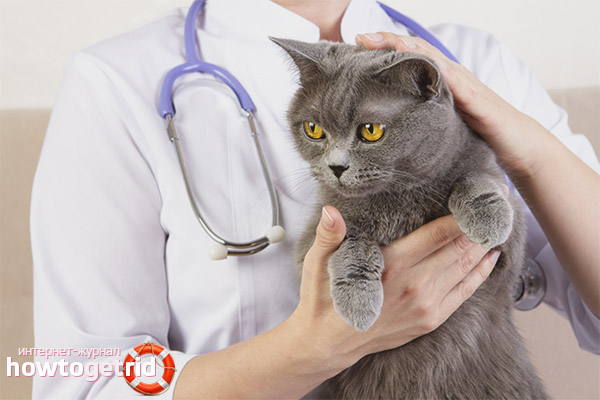
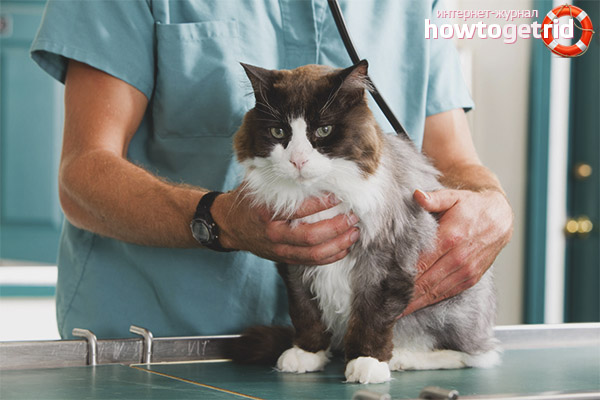
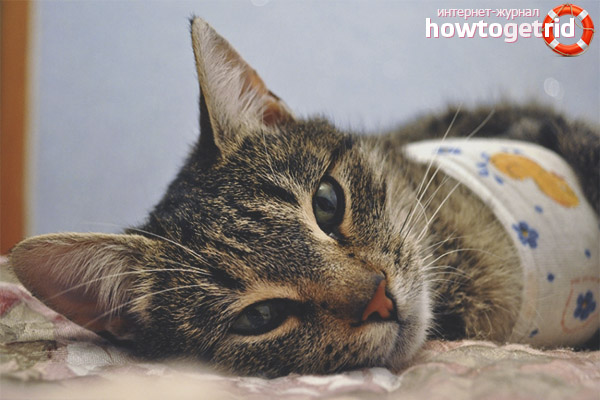
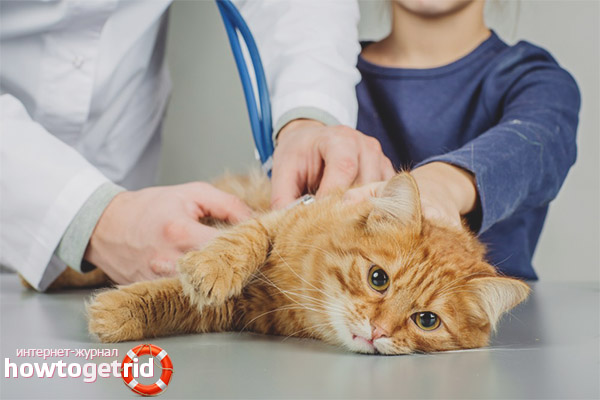
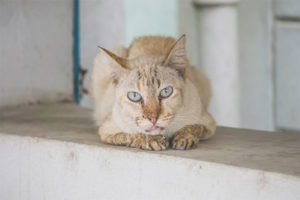



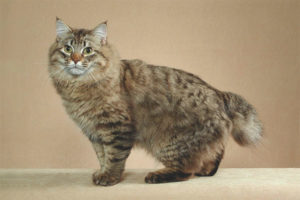
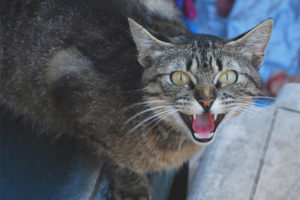
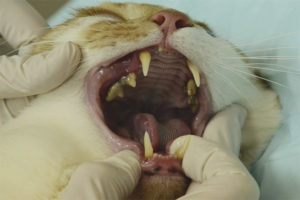
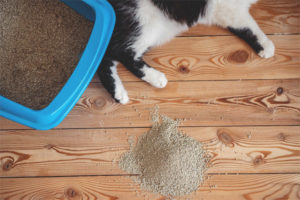
Submit